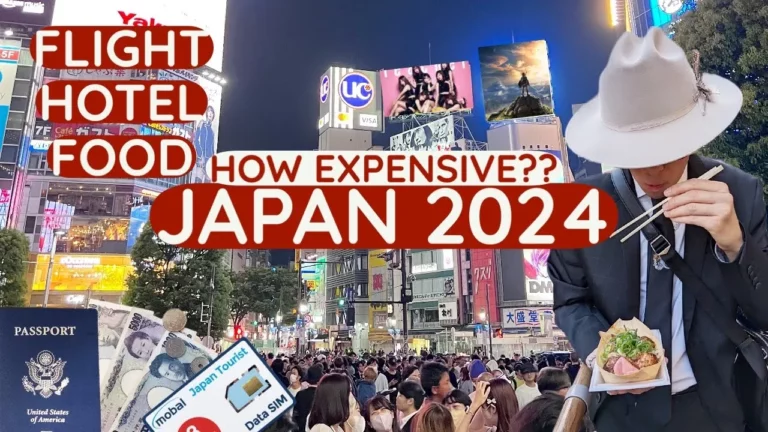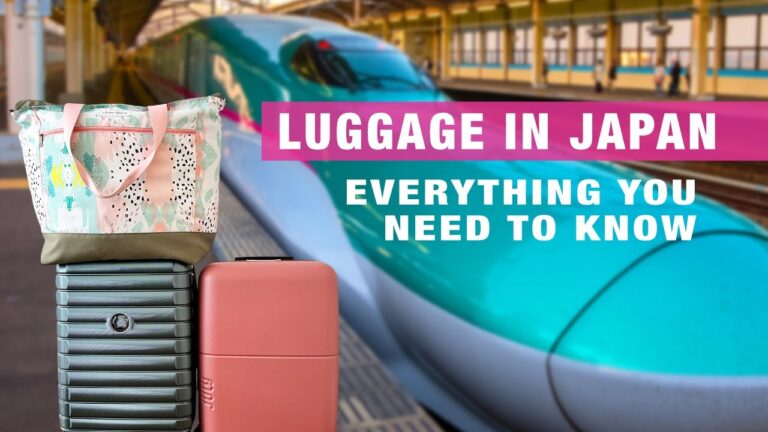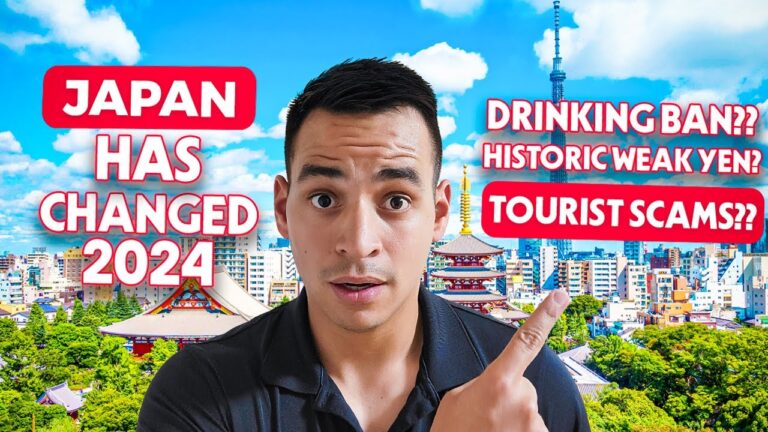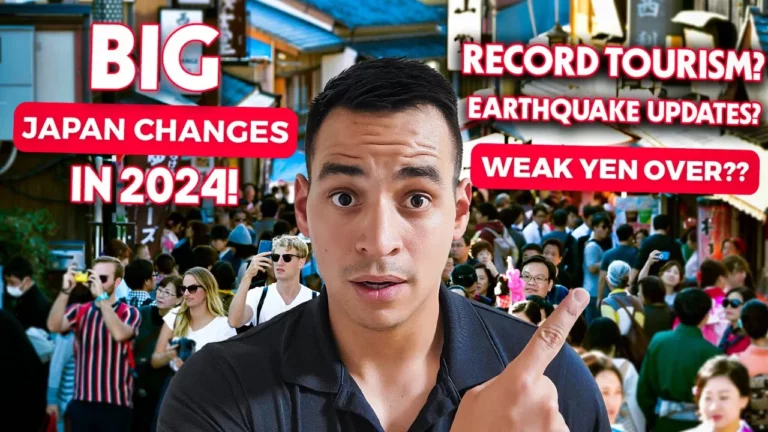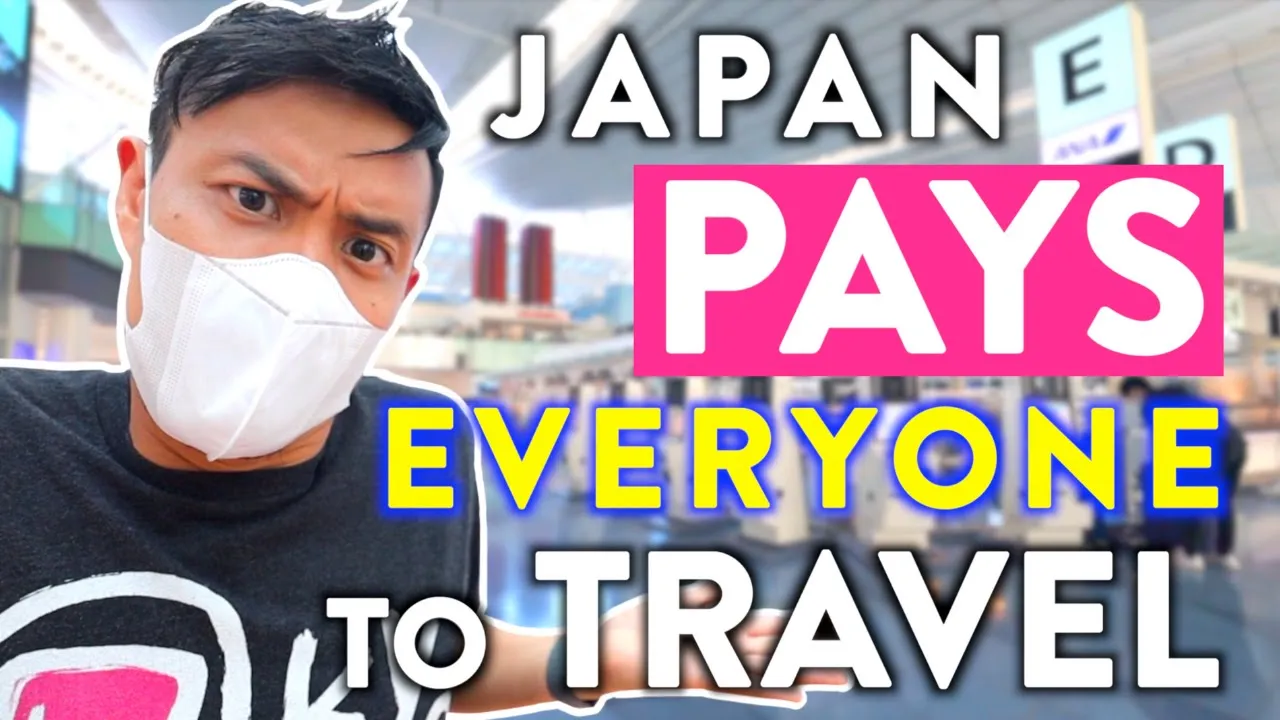
Japan has taken an unprecedented step in response to the COVID-19 pandemic by launching its Go To Travel campaign, which encourages residents to explore the beauty of their own country while the world is largely in lockdown. The initiative aims to boost domestic tourism and, in doing so, stimulate the economy.
Launched in July 2020 with a staggering budget of 1.35 trillion yen (approximately 12.7 billion dollars), the Go To Travel campaign offers residents of Japan discounts of up to 50% off travel-related expenses. This encompasses accommodation, transportation such as flights and trains, as well as other services, provided bookings are made via approved travel agencies. Remarkably, each participant can benefit from discounts of up to 20,000 yen (around 190 US dollars) per night, with no limit on the duration of stay.
However, the rollout of the campaign was not without hiccups. Initially, residents of Tokyo—the city that has recorded the highest incidence of COVID-19—were excluded from the initiative, raising eyebrows and fostering discontent among Tokyo dwellers. Despite being the taxpayer backbone of the national budget, Tokyo residents were barred from accessing the very subsidies their contributions funded, which led to significant public outcry.
The government eventually revised its stance due to the impact of Tokyo’s exclusion on the overall effectiveness of the campaign. By early October, Tokyo residents were finally granted access to the discounts, fueling renewed enthusiasm for local travel. Strikingly, while participation surged, data released by the government indicated a mere six infections linked to the program among the millions who traveled.
Nonetheless, an earlier increase in nationwide COVID-19 cases highlighted the complicated balancing act between stimulating the economy and ensuring public health. With international travel still severely limited, Japan is likely to see a continued focus on its domestic campaigns, which are poised to include further support for dining, events, and local shopping.
In navigating this challenging landscape, the Go To Travel campaign serves as a fascinating case study in government-led crisis response amid a pandemic. As Japan continues to adjust its strategies in confronting COVID-19, the citizen’s experience with these travel initiatives will undeniably shape the future of tourism in Japan for years to come.


